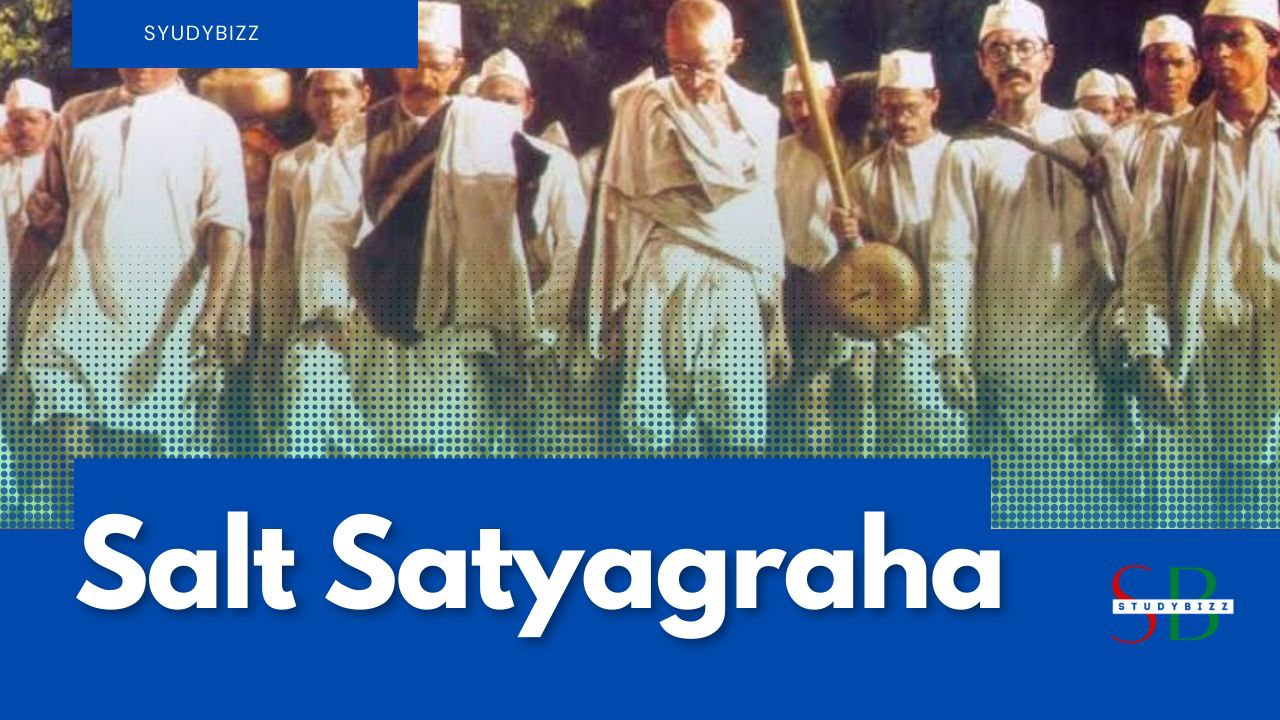Salt Satyagraha (12 Mar 1930 – 6 Apr 1930)
The Salt Satyagraha of 1930 was a nonviolent resistance campaign led by Mahatma Gandhi and the Indian National Congress to protest the British-imposed salt tax in India. The campaign was a turning point in the Indian independence movement, and it brought Gandhi and the cause of Indian independence to the forefront of the world stage.
At the time, India was under British rule, and the British government had imposed a tax on salt, which was a staple of the Indian diet. The salt tax made salt unaffordable for many Indians and was widely seen as a symbol of British oppression. In response, Gandhi decided to launch a campaign of nonviolent resistance to protest the tax and to challenge British rule in India.
The Salt Satyagraha was a major event in the Indian independence movement, and it involved a series of nonviolent actions, including the famous “Salt March.” On March 12, 1930, Gandhi and a group of followers set out on a 24-day march from his ashram in Ahmedabad to the Arabian Sea, where they intended to manufacture salt illegally. The march was a highly publicized event, and it attracted widespread attention and support from Indians and the international community.
As the Salt March progressed, Gandhi’s message of nonviolent resistance and his call for independence from British rule resonated with millions of Indians. The march also generated widespread media coverage and helped to bring Gandhi and the Indian independence movement to the attention of the world.
The Salt Satyagraha was not without its challenges, and Gandhi and his followers faced opposition and violence from the British authorities. Nevertheless, Gandhi and the Indian National Congress persisted in their nonviolent resistance, and the campaign helped to build momentum and support for the independence movement.
On April 6, 1930, Gandhi and a group of followers arrived at the Arabian Sea, where they manufactured salt illegally. The act of civil disobedience became a symbol of resistance against British rule, and it galvanized the Indian independence movement. Over the next few months, thousands of Indians participated in similar acts of nonviolent resistance, and the Salt Satyagraha became a turning point in the struggle for Indian independence.
The Salt Satyagraha was a significant moment in the history of the Indian independence movement and a key event in the life of Mahatma Gandhi. It marked the beginning of Gandhi’s use of nonviolent resistance as a powerful tool for social and political change and helped to establish his reputation as a powerful and effective leader.
In conclusion, the Salt Satyagraha was a major event in the Indian independence movement and a turning point in the life of Mahatma Gandhi. The campaign of nonviolent resistance was a powerful example of Gandhi’s philosophy of satyagraha, or nonviolent resistance, and it helped to bring about lasting change in India and the world. The Salt Satyagraha remains an inspiring example of how ordinary people can use nonviolence to achieve their goals and bring about lasting change, and it continues to be remembered as a key moment in the struggle for Indian independence.





Leave a Reply